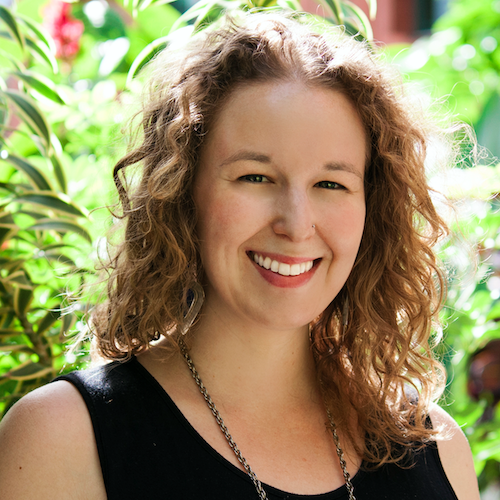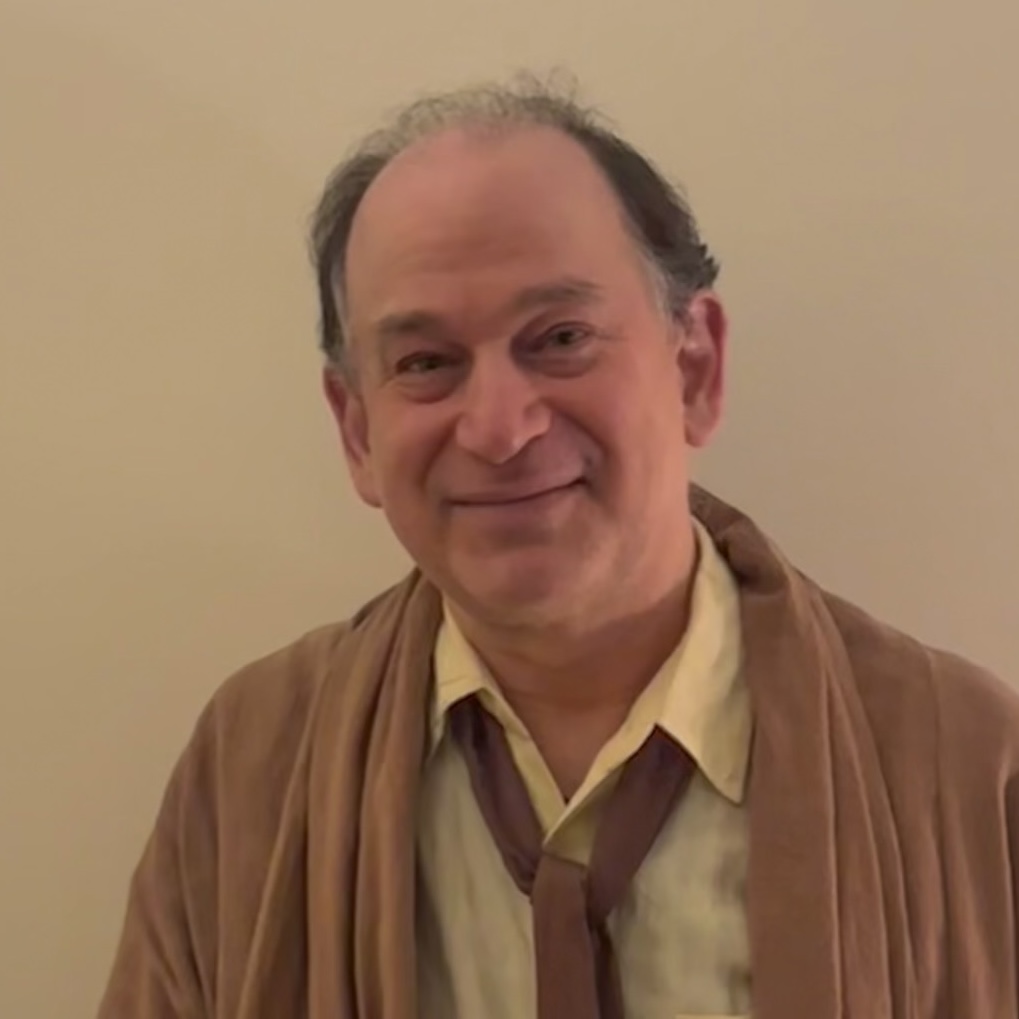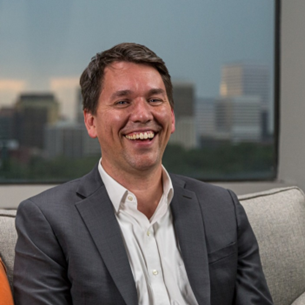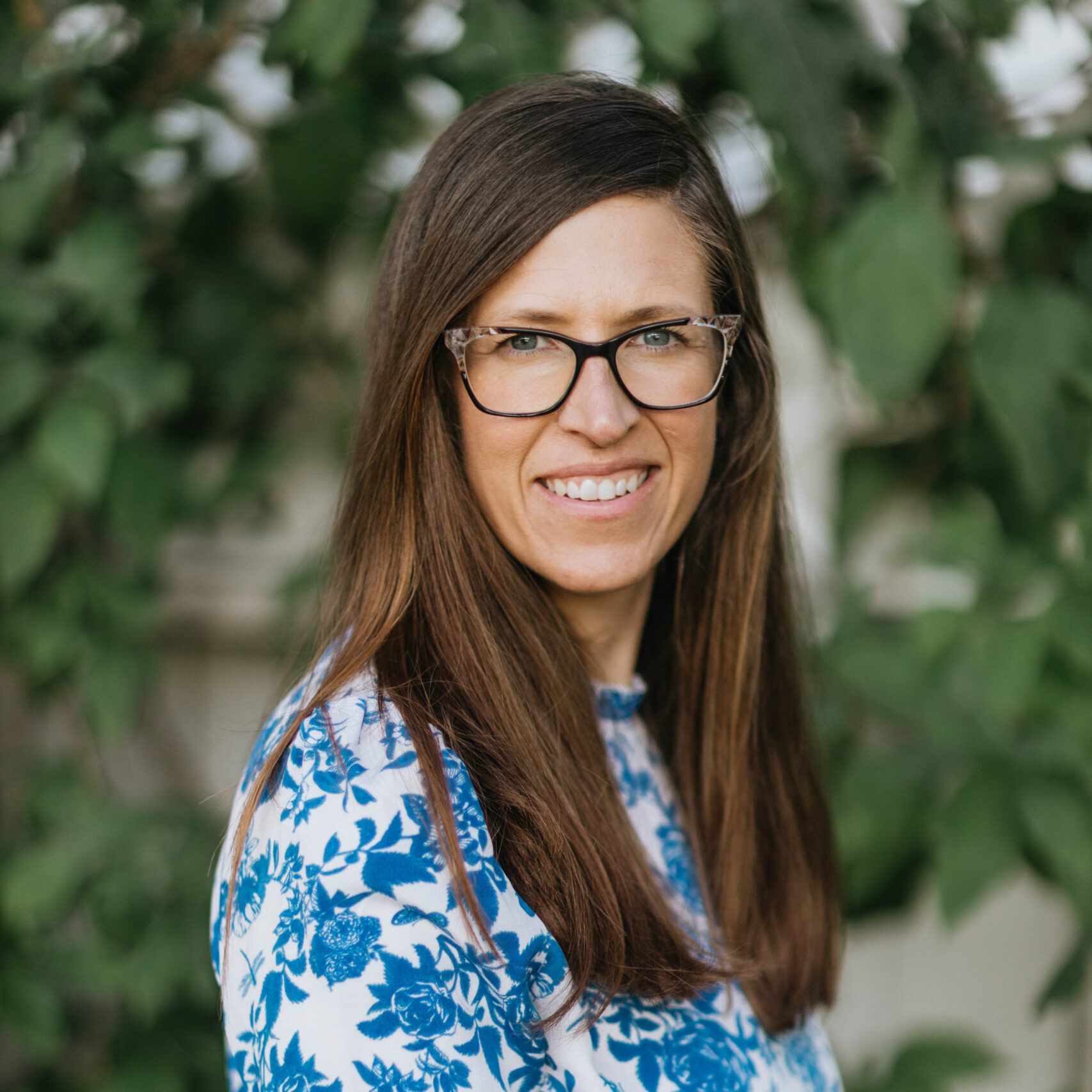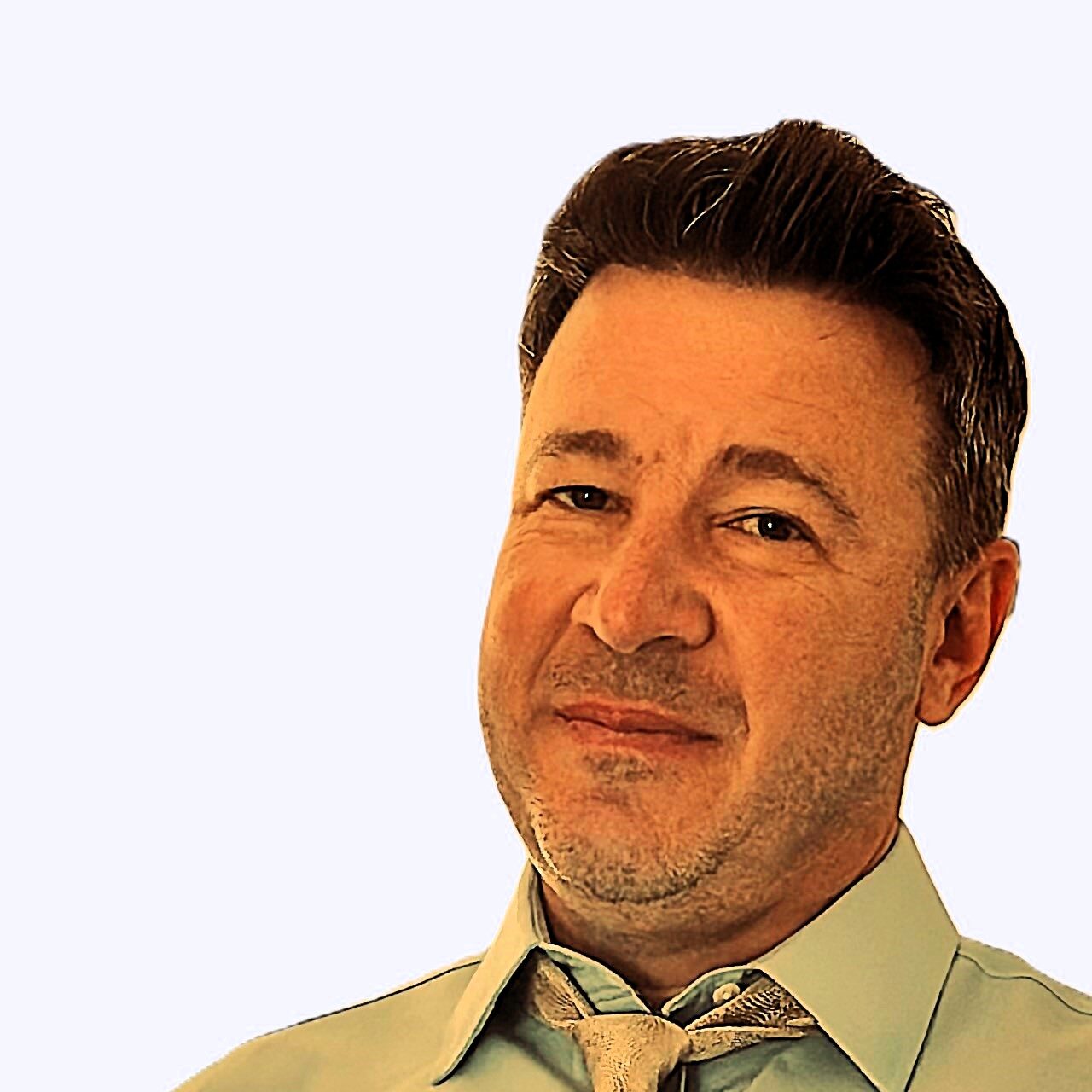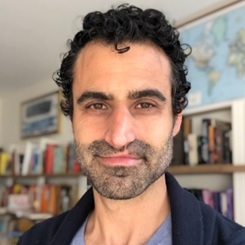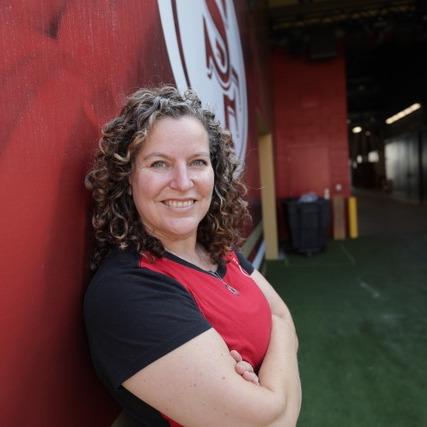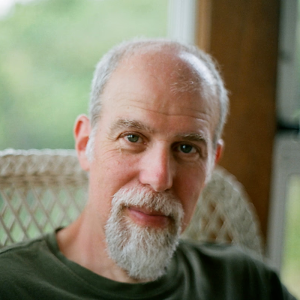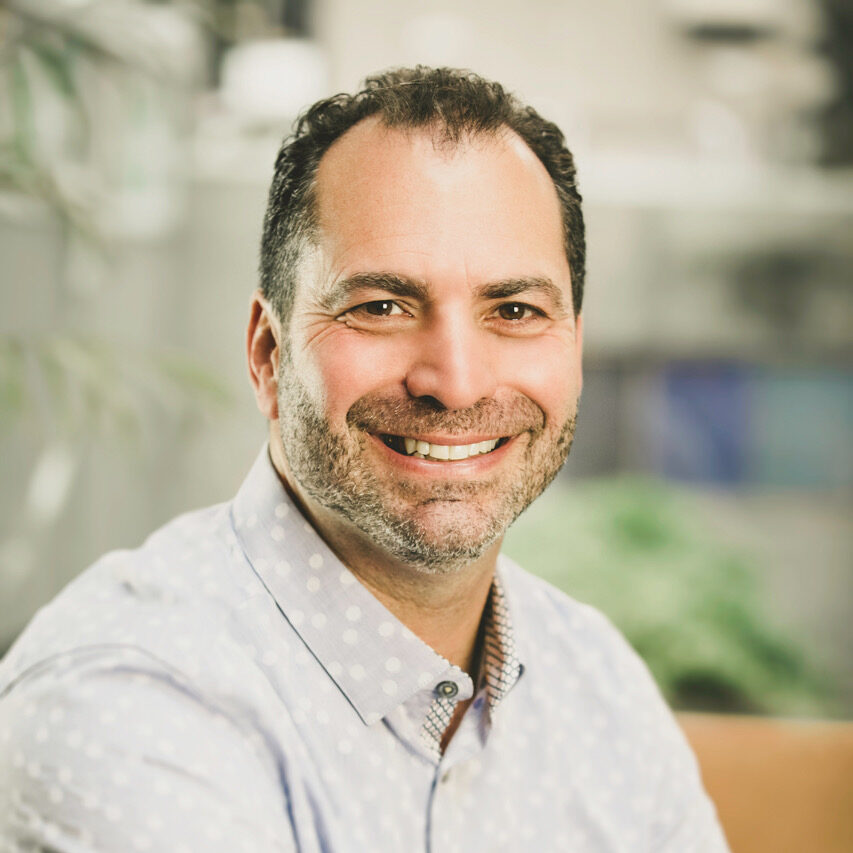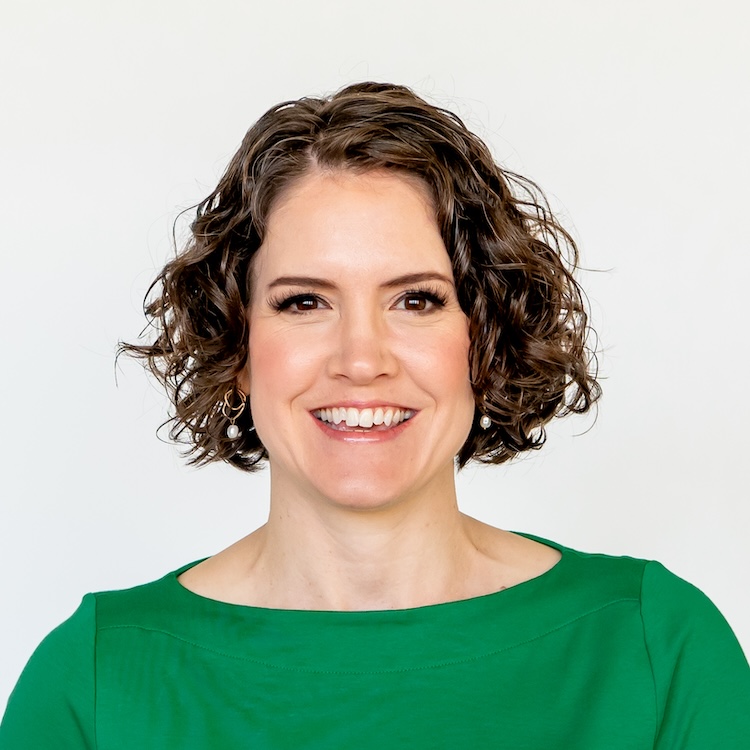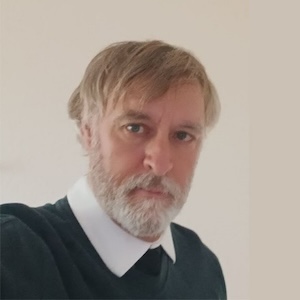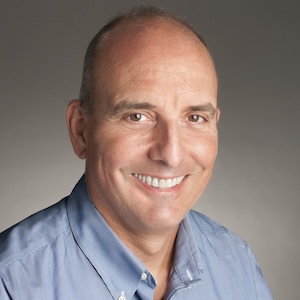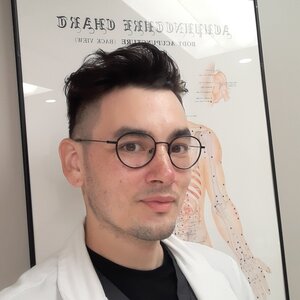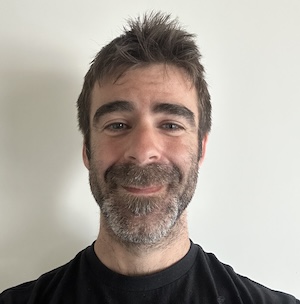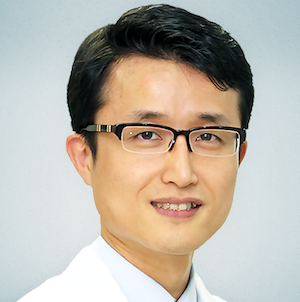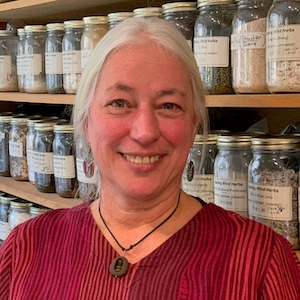When you start to think about how sciatic pain can be an issue of the dai mai, and how the dai mai is involved not only in the structural aspects of pelvic function, but also in the functional flow and health of the 12 main channels, it’s easy to see how what at first glance appears simple can quickly turn complex.
Listen in for a discussion of the importance of hands on assessment, the way deficiencies lead to excess and why it’s helpful to have palpatory findings that give you feedback on the effectiveness of your treatment.
- Some things that Laura no longer believes about the treatment of sciatica
- The problem of clinging to theory and ignoring the obvious
- Basics steps of assessment of any patient with pain
- The role of pelvic torsion
- The importance of a strong dan tian and kidney function
- Use of palpation to get you out of your head, and prevent you from ignoring the obvious
- Why a lot of local needles can make a situation worse
- Functional and dysfunctional pelvis torsion
- Respecting the tonification points with gentle needling
- Why people get piriformis syndrome
Stay curious. Don’t assume you know “the diagnosis” or the “correct treatment.” Keep learning from each treatment you provide.
The guest of this show
 I never planned to be an acupuncturist. My participation in this medicine evolved from curiosity about how to use safe and natural methods of healing to help people. Various events, people’s comments, my own curiosity, and inner wisdom have brought me to where I am now, running a general practice clinic with an emphasis on orthopedics and pain, in Iowa City, IA. I also own a multi-practitioner holistic clinic attached, where I can refer folks for other helpful therapies. I was the first professionally trained acupuncturist to establish a successful practice in Iowa, beginning here in 1992 before there was licensing. I call myself the old lady acupuncturist of Iowa.
I never planned to be an acupuncturist. My participation in this medicine evolved from curiosity about how to use safe and natural methods of healing to help people. Various events, people’s comments, my own curiosity, and inner wisdom have brought me to where I am now, running a general practice clinic with an emphasis on orthopedics and pain, in Iowa City, IA. I also own a multi-practitioner holistic clinic attached, where I can refer folks for other helpful therapies. I was the first professionally trained acupuncturist to establish a successful practice in Iowa, beginning here in 1992 before there was licensing. I call myself the old lady acupuncturist of Iowa.
Back in ’95 a patient told me that I was working “like a blind acupuncturist in Japan”. I was amazed, and curious to learn more. That lead me to study Japanese acupuncture in some depth and end up in a lineage of blind acupuncturists, using palpation as my main tool. I’ll say that being trained as a cellist was very helpful in developing those skills as well. I’m now revisiting the Master Tung acupuncture, and beginning training with Dan Bensky and Chip Chase in their Engaging Vitality course where we integrate cranio-sacral principles with acupuncture, and I’m pretty much lost. Which keeps me inquiring, experimenting, trying to understand this incredible medicine that we are so blessed to practice.
I love the fact that I work in a medicine where I can come to work and face a new challenge every day and keep learning. I’m afraid of thinking I’ve got it figured out. I know that leads to bad outcomes for our patients. We must continue to question ourselves, stay curious about the medicine, and be honest about our mistakes and shortcomings. Enthusiasm is wonderful, but now that I am an older practitioner I find more comfort in curiosity and not knowing. This makes some other practitioners uncomfortable, but I know that each health journey is unique. A big challenge is actually patient education and managing their expectations for treatment. I work hard to help patients become owners of their health journey and help them stay focused on what they can do for themselves with my assistance. As a profession we still have a huge amount of education to do, to help our patients and future patients understand what to expect from our medicine and how to gain the most from what we do.
Links and Resources:
Visit Laura's website, she has a lot of good stuff on her blog.
Join the discussion!
Leave a comment on Qiological's Facebook page.

